
20-01-2012 by Freddie del Curatolo
It may be a legacy of the ancient Romans with their "domus", it may be that we had the first great architects of mankind, or simply that we have always been a people of cobblers.
But we Italians have the cult of the home and we export it everywhere, even where it would not be necessary.
Let's take Kenya: to live here, the natives teach us, four walls, even thin ones, and a roof of dry palm leaves are enough.
If we go into the immediate hinterland, in every village of mud huts, we always find at least one small cement house that has these characteristics: simplicity of form, economy of materials and a large veranda.
What do you want to invent, anyway, with the current climate?
All you need to do to keep a bit of air in the house is to put the windows on the same axis, make the roof quite high and don't use false ceilings, and at the very most pull very thin fishing line under the makuti roof to prevent bats or snakes from falling on it.
This is how the British built their houses.
All the cottages looked alike.
The large verandas were also used as living rooms, enclosed by iron gates that had to be padlocked to prevent intrusion.
The kitchen always had an anteroom in the back and the bedrooms disappeared into a "night" section, remaining closed until evening and protected from mosquitoes.
What's more, their houses were immersed in the nature of the land that housed them.
Never remove a baobab tree, saw a palm tree, lay down an acacia tree or transplant a flamboyant.
This is how Watamu has remained, on the sea side, and how Diani, on the south coast, is for the most part.
We Italians, on the other hand, are not content with a simple dwelling.
We are the ones who, in the Middle Ages, invented the splendour of San Gimignano, who, in the south, carved masterpieces out of tuff, who know how to build wooden chalets that can withstand even ice and snow. We are the ones with the colourful houses of Liguria, the trulli of Alberobello and the old farmhouses.
Basic construction, survival and healthy living in contact with nature and the area.
This is what we could have exported to wonderful Kenya!
Not only because we would have been in tune with these places, but because our quality of life would have improved, which is what most people who moved to Kenya considered.
But no. Apart from a few rare instances, we have relied on our modern side, on the inventiveness of the florid developers who concreted the Italy of the boom and who continue even now, where there is a blade of grass free.
Now Malindi can also resemble Viserbella in Rimini, Marina di Cecina or Lido di Jesolo. On the other hand, we have Hollywood villas (which, if you don't fill them with conditioned air, have the temperature of New Mexico), parodies of the Emerald Coast, Franciacorta-style estates and Ostialunga-style buildings.
This is because for us Italians the home is everything, the indispensable shell.
It is not just a refuge, an alcove, a palace.
It is also a calling card, a reflecting mirror, telling us who we are and how we are made.
Sleeping, that's the last thing! The home is made to receive, to host, to boast.
Woe betide if we spend more time outdoors than in the house, socialising with the first person who comes along. In our house we decide who will cross the threshold.
We are the masters, the emperors of our nest.
In Malindi, small empires cannot be counted. The Italian squires have a small army under them that may not always march in a straight line, but hardly ever rebels: houseboy, cook, gardener, pool attendant, askari.
With perhaps a beautiful house manager who coordinates everything and provides other services if necessary.
Luckily our beautiful Kenya is so immense that tiling it all is a titanic undertaking, but some small local Ligresti would gladly do it.
I can already see the slogans: "Buy a studio at Malindi 2, just ten minutes from the Tsavo entrance!" or "Rent an elegant open-space apartment at Mambrui, twelfth floor with sea view".
And don't you see a row of beautiful, colourful beach resorts with deckchairs and umbrellas?
And why insist on tourist villages, which are wasteful and dispersive: let's build nice, tetragonous three-star guesthouses!
The truth is that in Malindi and the surrounding area there is still too little Italy, because of those who still do not consider it a real investment and stubbornly continue to fill the South or the suburbs of the big cities in the north of Italy with cement.
All it takes is a holiday for our great building speculators to realise that here the field is open for large social housing projects, dormitory quarters, business centres, even toll roads... all it takes is a little courage!
But we love Malindi, we are resisting (passively) and we remain hopeful: who knows, maybe this crisis will work the only positive miracle, changing the minds of many of our fellow countrymen, making them appreciate the simple things, making them prefer a walk on the beach to an afternoon in front of the slot machines, a giriama village more and a residence less, a work of solidarity instead of a court case.
After all, if the transatlantic liner Italia sinks in the Mediterranean, why transport its rusty wreckage to the shores of the Indian Ocean?
ENVIRONMENT
by redazione

Plastic recycling, public meeting at the Museum of Malindi.
Wednesday, August 24 to 16, Sam Ngumba Ngaruiya, owner and founder of the company "Regeneration Environmental Services" will hold a public meeting at the Cultural Center of the Malindi Museum "Plastic...
MOURNING
by redazione
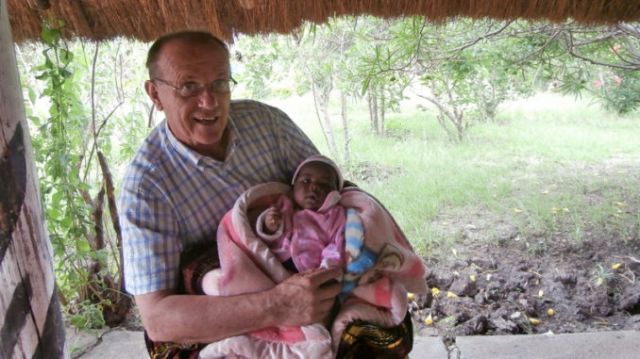
In Meru, where he still helped many families from a distance, they remember him as a...
INITIATIVES
by redazione
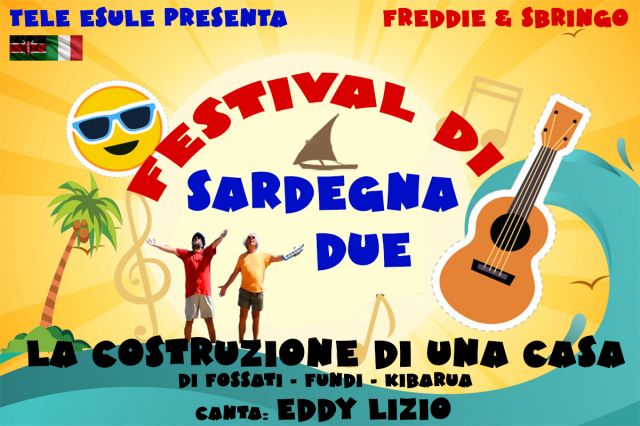
Our musical "game" of the summer has reached its sixth week with as many parodies arranged and...
BIG 5 CONSTRUCT
by Freddie del Curatolo
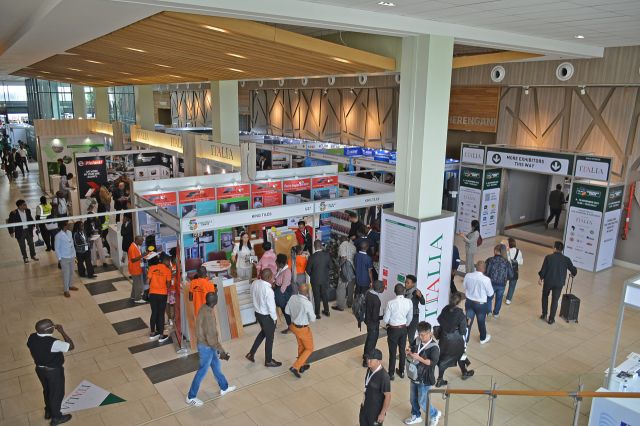
When we speak of 'Italian excellence' and 'Made in Italy' to be showcased and exported around...
CHANGING KENYA
by Freddie del Curatolo
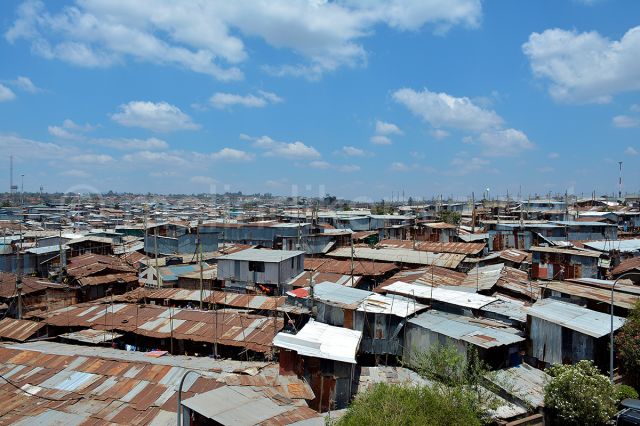
Kibera Goodbye.
At least in the words of Kenyan...
by Leni Frau
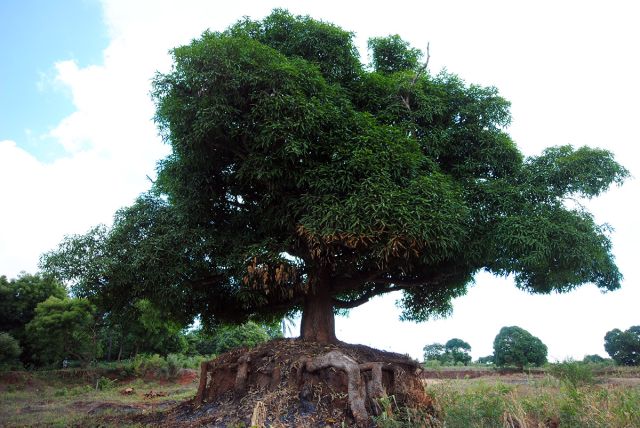
As previously announced, Kenya is today pausing for a country-wide initiative concerning the...
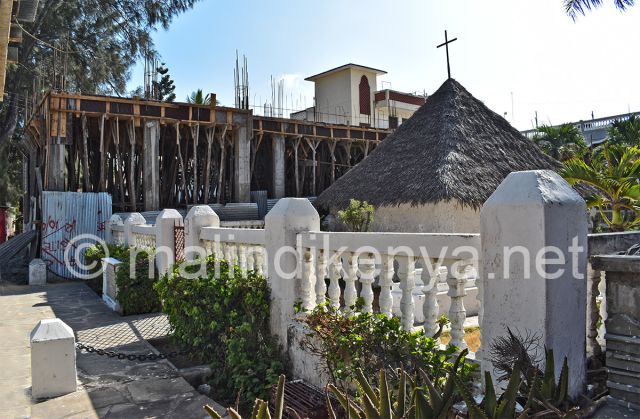
There is no hope for the Malindi that could be the historical and cultural landmark of the whole of Kenya and...
TERRITORY
by redazione
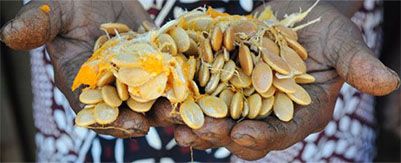
BUSINESS
by redazione
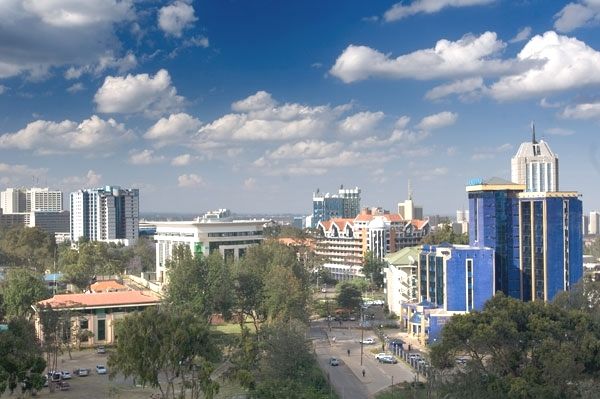
Six months of campaigning and three months of post-election have slowed down Kenya's plans for economic growth, but they do not seem (luckily) to be able to stop the country's development in terms of infrastructure and foreign capital investment in...